South Korea & Japan – Monday, June 13th, 2011
After a busy schedule in Korea over the past six days, I finally had a day that I could take a little bit slower as I moved on to the final country on my itinerary, Japan. The morning started a bit later than usual with a train ride from Gyeongju to Busan, South Korea’s second-largest city, located on the southern tip of the peninsula.
I had a little bit of extra time upon arriving in Busan before I needed to arrive at the port to catch a hydrofoil across the Korea Strait to Fukuoka, Japan that afternoon.
While Busan will soon be home to Lotte’s second theme park, in 2011 there were no major attractions, amusement or cultural, I needed to make a special effort to see. Nevertheless, given that Busan is a reasonably important city, I wanted to do something with that time so I could say I had “seen Busan” before leaving Korea. A quick search of nearby landmarks within walking distance of the train station and port revealed the Busan Tower in nearby Yongdusan Park.
This 120-meter tower was built in 1973 to be used solely as a tourist attraction. Loving the Comic Sans font for the entrance.
The observation platform isn’t particularly large, but the windows were clear and offered ample views of Busan in all directions.
A distant view of the Busan Harbor Bridge under construction.
I wanted to say I had “seen Busan,” and while I didn’t explore very far I could definitely say I had seen Busan after this.
Finishing at the tower, there was still a bit of time to wander Yongdusan Park.
Finally, the hour arrived and it was time to bid farewell to South Korea.
While a hydrofoil sounded like a sleek, modern feat of engineering, in reality it was basically indistinguishable from a ferry boat.
While I didn’t have a particularly early morning, I was still pretty exhausted from my travel, and quickly drifted asleep to the steady hum of the hydrofoil as I watched the Korean peninsula fade away across the horizon.
I awoke some 40 minutes later as there was some commotion from the other passengers. Japan was in sight.
I was slightly apprehensive about my arrival in Fukuoka. Several people had told me stories that Japan was very difficult for non-Japanese speakers to navigate, with English not nearly as common as in other developing Asian nations, and translations rare even in major international transport hubs. These stories are what prompted me to try to learn some basic Japanese while studying in Hong Kong. That class didn’t go very well for me, so it wasn’t clear how much of an advantage I’d have in the most necessary practical situations.
The first situation came as soon as I got off the boat: Passport Control. Unlike every other Asian nation I’d visited, where there might be a bit of security theater but it only amounts to a serious-faced person in uniform behind glass staring at my passport for a short while before stamping it, Japanese customs actually takes time to fully inspect everyone and ask a few interview questions about the purpose of your trip, similar to passing through American customs. As I was waved towards an older Japanese official, I worried the language barrier would hold up my entry into Fukuoka, but he was able to speak enough limited English that I soon had my tourist visa and was now free in Fukuoka.
Indeed, while trying to navigate from the port to Hakata Station at the city center, I soon deduced that my concerns about having difficulty to navigate through Japan were… largely overblown. English was present on all of the important signs to tell me were I was going, and stopping at an information desk I was greeted by a friendly Japanese attendant who instantly switched to fluent English as soon as I approached. Obviously in Japan you’re still a foreign country and you’re at some disadvantages if you don’t speak or read the local language, but considering Fukuoka is more of a regional-tier city in southern Japan, there still seemed to be plenty of options to navigate any situation that didn’t involve breaking out my pocket Japanese-English dictionary. (Probably I should have been more worried about traveling in mainland China. Japanese is relatively easy for an English speaker to approximate a pronunciation if you know the name of the place or thing you’re trying to communicate. In China, I found that even having a phonetic spelling of a Mandarin word would still usually result in a confused reaction when I tried to say it while asking for directions or whatever I needed.)
From Hakata Station, it was a fairly short, easy walk to my hostel for that evening. Despite being a reasonably large city, my first impressions of Fukuoka were that it felt extremely neighborly, with clean streets and people from all walks of life about on their business along the sidewalks. I made a quick stop in one of Japan’s famed 7-Elevens to withdraw some cash.
The weather that evening was about as perfect as I’d ever experienced, which is a somewhat odd memory to hold onto and write about after nearly ten years. The air was mostly still with very little breeze, yet it was at such a precise temperature for the human body that I felt like I could have been indoors. The sky turned a hazy purple as I traced the network of cables and power wires that crisscrossed overhead until I reached my hostel.
After checking into my dorm room, I quickly made acquaintances with another fellow who was also visiting from stateside. He was one might call a “gaijin,” the Japanese word for (usually white) foreigners, but a label claimed especially among those who might be categorized as the more extreme Japanophiles. One of his suitcases was packed with a huge stash of Japanese-language manga, which he flipped through while lamenting that he’d let his Japanese language skills get rusty and couldn’t read every single kanji like he used to.
Upon revealing that this was my first night in Japan after several months across other Asian countries, I was treated to an intriguing (if not slightly defensive) speech lamenting that all the “new” interest in Chinese and Korean cultures was just a misguided fad, and that Japan was still the most important Asian society with by far the best cultural product. That wasn’t going to change just because some less developed countries were only now within the past decade trying to copy Japan’s long-standing successes. Okay, cool man! I guess having just arrived here less than two hours ago I’m not prepared to challenge that assertion!
If I may take a slight detour here now that I have fully traveled Japan… I’ve noticed a trend among many westerners (including coaster and theme park fans, not just my acquaintance in the hostel) to celebrate Japan as an example of an ideal society and one of the best places in the world to visit or even live. Such celebrations are often centered around the country’s perceived cleanliness, efficiency, and traditions of respect; all qualities that tourists are much more likely to notice during their surface-level interactions within the country.
I won’t dispute any of the many incredibly positive aspects to Japan, but oftentimes those sentiments can begin to feel like they’re at the expense of (or even just a general apathy and erasure towards) other countries and cultures, which then starts to veer into becoming part of an extended network of the discomforting “model minority” racial stereotypes.
It’s totally cool to love Japan! I loved Japan from my two weeks there! But it’s still a culture full of complexities made up of real people who live there, not a mythical source of wish-fulfillment for foreign travelers who don’t want to deal with all the “problems” involved with visiting other places in the world, and it’s important to keep these things in perspective… especially in our own very limited perspective as foreigners.
(And also, maybe try China or somewhere else on your next visit to Asia? If you go there with an open mind and a genuine interest in learning about a very rich culture and history, you might come away with more appreciation than you expected. Okay, detour over!)
In any event, the discussion soon turned towards food and our respective dinner plans for that evening, of which neither of us had any. The fellow mentioned wanting to try a ramen shop nearby, and that sounded like an ideal introduction to Japanese cuisine to me… authentically local and hopefully quite cheap. From my personal experience I had only ever had instant ramens in college, although I was somewhat aware there was a more elevated versions of the noodle dish served in specialty stores. Still, I wasn’t quite sure what to expect. We walked a few blocks and arrived at an outpost of the Ippudo Ramen chain.
We were among the only patrons inside. My new acquaintance was able to order us two bowl of tonkotsu ramen. Tonkotsu ramen originates from Fukuoka (where it’s known locally as Hakata ramen) but is now the most popular style of ramen served at ramen shops across the world. It’s made with a creamy, slow-boiled pork broth, along with several slices of braised pork belly (chashu) and bean sprouts, wood-ear mushrooms, and sliced green onions, as well as of course the slightly al dente thin wavy ramen noodles.
One taste blew me away. The smooth, rich flavors of the pork balanced by the fresh crispiness of the bean sprouts create the ultimate form of comfort food, yet a comfort food completely new to me. While I had a couple of other very memorable meals while in Asia (hot pot in Chengdu particularly springs to mind), this was the one that stuck with me as the most purely satisfying.
Tellingly, after I moved to Los Angeles a couple of years after this trip, I’d explore as much of the ramen culinary scene as the city had to offer. Tsukemen, in which thicker noodles are served separate from an even richer dipping broth, became a particular favorite of mine. Sadly, a few of my favorite places have since closed as I write these words during the COVID-19 pandemic, although Tsujita is still open at their Sawtelle locations and, in my estimation, still at the top of the LA ramen/tsukemen scene.
I’ve even since tried another Ippudo Ramen chain location in LA some years later, although it didn’t quite live up to my memories of this first bowl of ramen I had in 2011. I’m not sure if it’s just a matter of no longer having the surprise of that first taste, having now experienced so many other excellent variations of ramen, or if indeed there is a difference in quality between a foreign transplant of Ippudo versus tasting the original recipe tonkatsu ramen in the very city where it all began. Possibly a combination of both. Either way, if my new friend had wanted to win me over to his perspective on Japanese culture, he certainly was off to a good start. It was a most excellent welcome to my next two weeks in Japan.
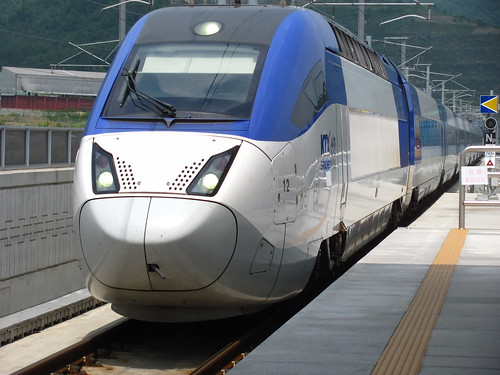














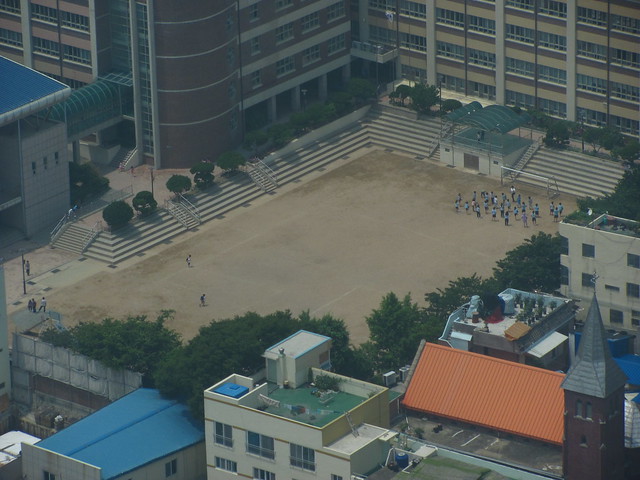






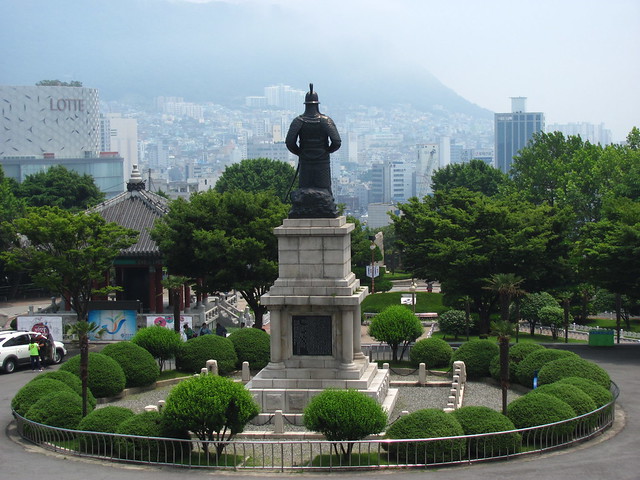

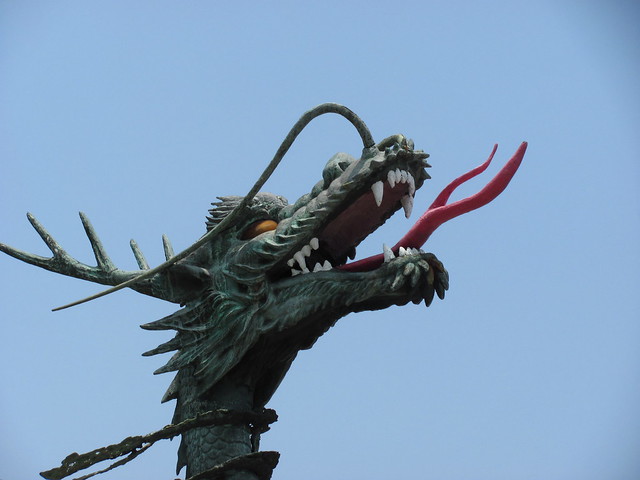





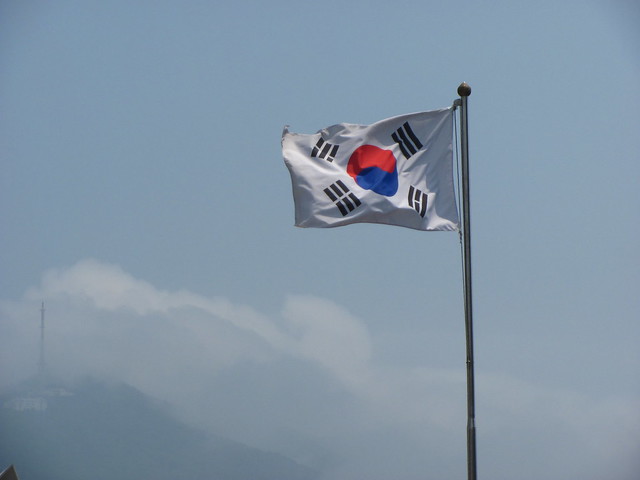





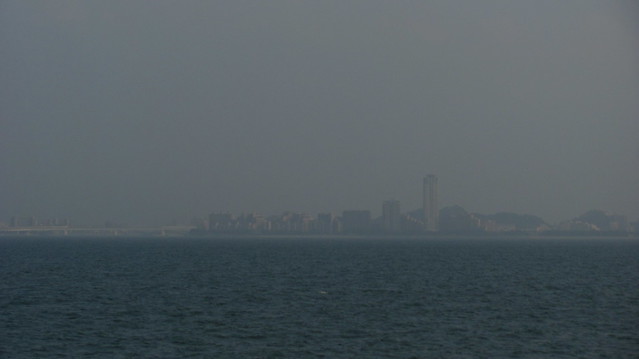






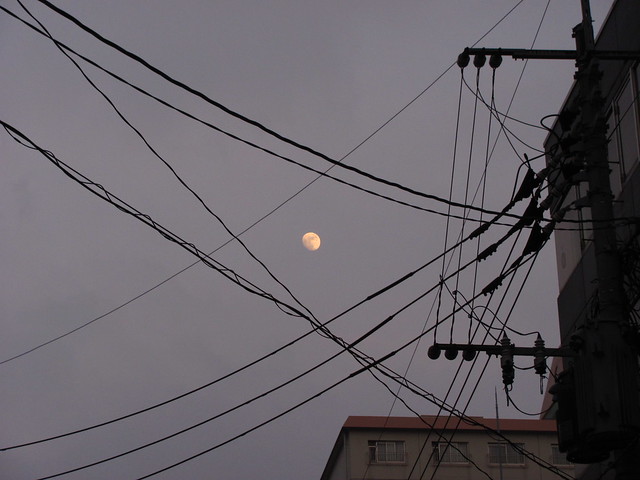



Comments